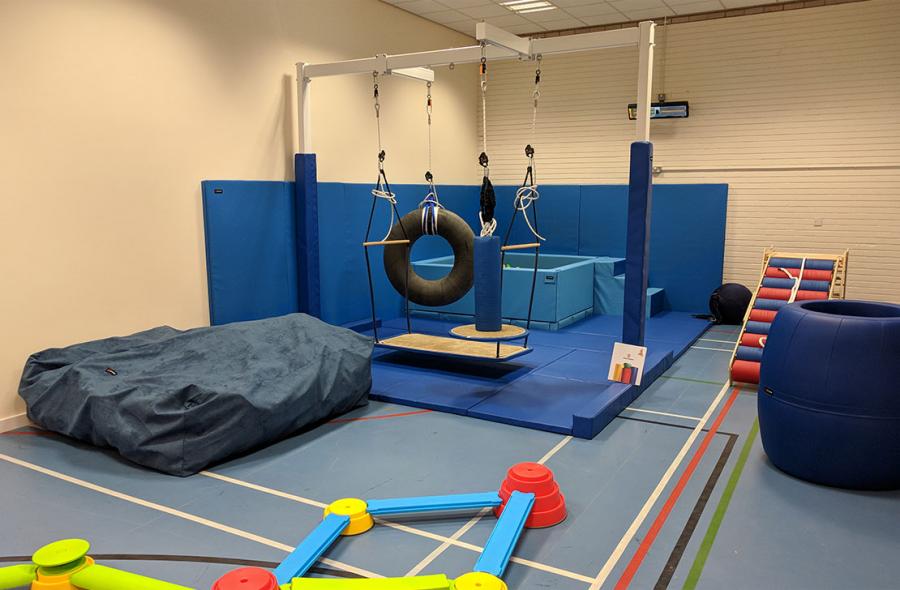The experience of raising a child with autism is a wonderful one, full of both joy and challenges. The most frequent issue that parents deal with during this time is “Challenging Behaviors,” which can manifest as tantrums, repetitive motions, or even acts of self-harm. This behaviour is frequently brought on by emotional distress, sensory overload, or communication problems. For both the youngster and the carers, this may be too much. But never forget that none of this is your fault. To navigate them successfully and efficiently, there are numerous approaches. Today, let’s explore strategies for managing difficult conduct in children with autism.
Learning About the Behaviour: Autistic Child
Before going for the solutions, it is very important to know the “why” reason behind this behaviour. The reasons for the triggering could be various like sensory overload from bright lights, or loud noises, getting frustrated with changes in routine, difficulty in communicating needs, or even due to medical discomfort. Parents are advised to observe their children’s closely, track their patterns and document triggers to unlock the root cause.
Building a Bridge of Communication: Communication is Key
Understanding “why” this conduct is occurring is crucial before attempting to find remedies. Many factors, such as sensory overload from bright lights or loud noises, being irritated with regular disruptions, having trouble expressing requirements, or even experiencing physical discomfort, could be the cause of the triggering. To identify the underlying cause, parents are urged to keep a tight eye on their children, monitor any patterns in behaviour, and record triggers.
Building a Safe Haven for the Child’s
Parents are constantly advised to create a peaceful area by the occupational therapist Dr. Neetu Solanki at Percept Rehabilitation Centre like a sensory sanctuary furnished with soothing sounds, soothing materials, and subdued lighting. With a sense of security and control, these kinds of spaces can provide a haven during meltdowns or overwhelming circumstances.
The Power of Structure and Streamline Routine
To anticipate transitions and lessen anxiety, try to establish a clear and consistent daily routine utilising picture charts, clocks, and visual schedules. To empower your child and give them a sense of control, whenever possible, provide them choices.
Positive Reinforcement of Autistic Child
Rather than confronting negative behaviours, concentrate on helping your youngster develop positive ones. Always show them appreciation for their desired behaviour by acting positively. such as through stickers, interactive games, or verbal praise. By doing this, you can encourage your child and provide them with positive reinforcement and desired behaviours.
Seeking Support from Others
These days, ASD is common in many children. Make connections with autism support organizations, specialists such as occupational therapists, and other parents whose children have autism. In order to overcome these obstacles, talking to people, sharing your story, and asking for their advice can be helpful.
Summary
You can give your youngster a sense of security by remaining composed in these situations. It takes emotional resilience to care for your autistic child, therefore practise self-care. Make yourself a priority by using support systems and calming practices. Enjoy each tiny victory that your youngster achieves. Every accomplishment is a significant step. To help them move and gain confidence, acknowledge and celebrate each little accomplishment.


